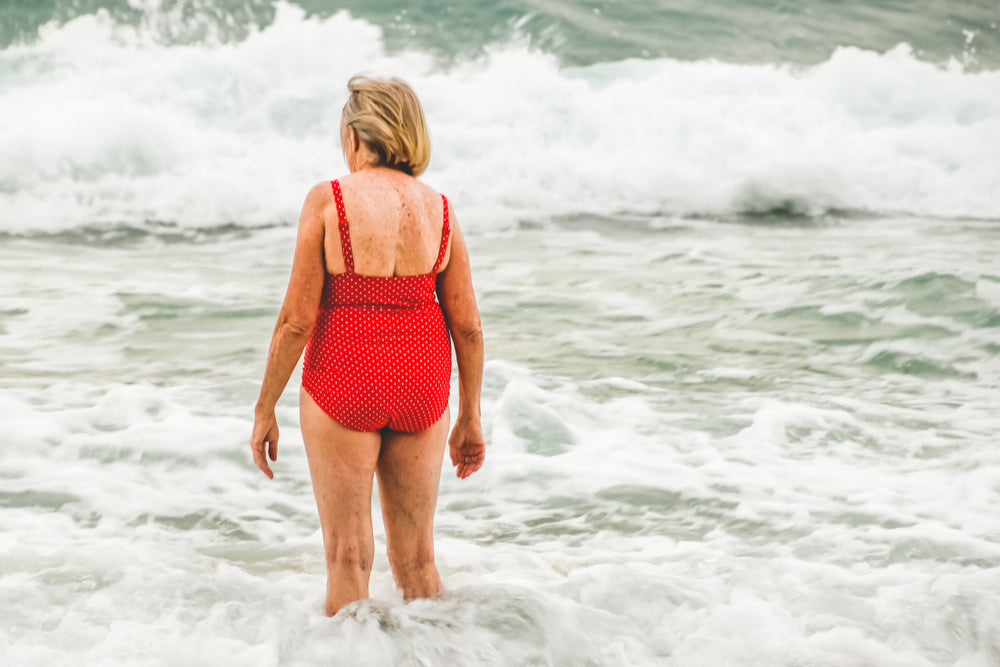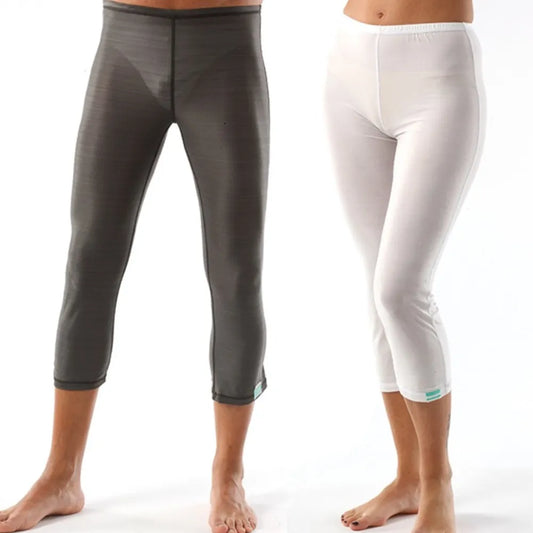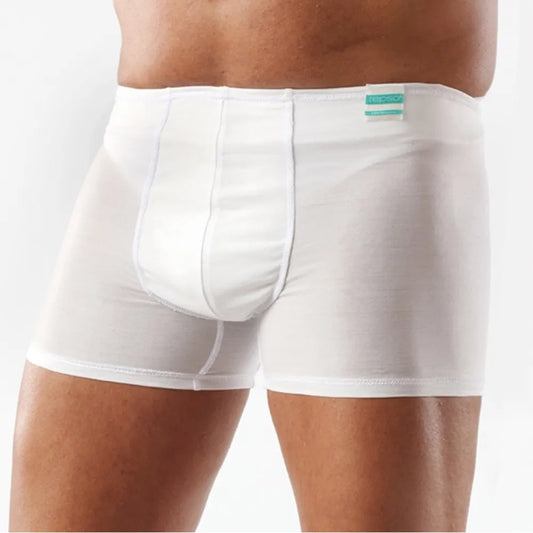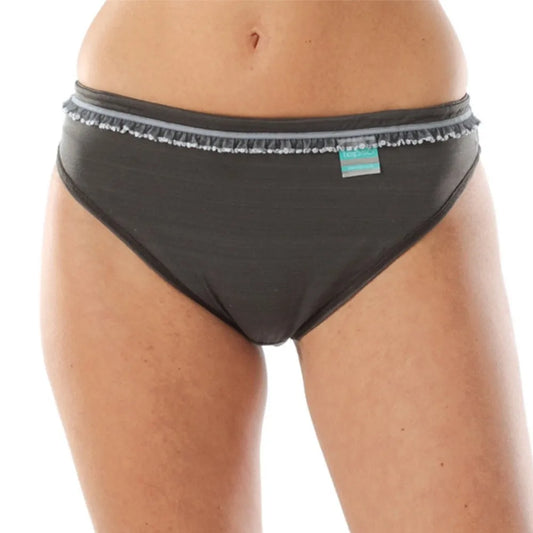If you suffer with eczema, then the chances are that you will be more than a little glad to see the back of the warm summer months. From trying to find appropriate clothing that covers and protects sore skin to sweat induced eczema patches, the warmth of summer is all-too-often a trigger for an eczema flare-up.
Of course, it’s not all bad. The sunshine allows us to top up our vitamin D levels, supporting our skin's natural healing and the high humidity typical of British Summers keeps our skin relatively moist.
But what happens around the autumn, when the weather starts to turn and we need to start to wrap up in warmer clothing? In this blog, we’re looking at the effect of the colder weather on eczema, with a specific focus on humidity levels. How does humidity affect the skin and what can you do to minimise its effects.
How does humidity affect eczema?
The weather can have a significant impact on eczema. We’ve already touched on the fact that a high humidity means the air is moist – and while this is, in many ways, uncomfortable for those out and about trying to avoid the signs of sweat and overheating, for those suffering from eczema, high humidity saves the skin from drying out and becoming itchier.
As the weather changes from Summer to Autumn, one thing you might notice is that the air starts to dry out. This is because as the air cools it can hold less water vapour. However, when the heating comes on, the indoor air is warmer and can again hold more water. As a result, moisture is pulled out of and extracted from the indoor environment.
Unfortunately our skin, which is around 60% water, forms part of that indoor environment. So the lower indoor humidity draws moisture out of our skin and into the air. As skin is dried in this way, it typically feels tight and itchy – increasing the likelihood of scratching and irritation. Dry and cracked skin is also more vulnerable to other irritants as the skin barrier is weakened. It's not uncommon for toiletries and detergents that have been fine to use all Summer to suddenly become irritating.
How to manage eczema as the weather cools
Control the indoor temperature:
Moving into autumn and winter, it can be tempting to reach straight for the cosiest knits and turn up the central heating. However, for eczema suffered it is better to minimise extremes of temperate. Aim for an indoor temperature that is comfortable when you are wearing a light jumper or cotton sweater, around 19C. If you're comfortable in a just a t-shirt, it's probably too warm.
If you can afford to, keeping all rooms at a consistent temperature will avoid the effect of changing environments on the skin as you move around the house.
Be aware of indoor humidity levels
Investing in a cheap humidity sensor will enable you to understand if the humidity in your home is a likely cause of your autumn eczema flare-ups. Average indoor relative humidity levels of 40-50% should be high enough to keep skin reasonably well hydrated. Higher humidity levels (above 55%) can encourage house dust mites, another common eczema trigger.
Some eczema sufferers find that a humidifier can help keep their skin more comfortable, but it's worth pointing out that there is no scientific evidence to support this. So rather than investing in an expensive electronic humidifier, try using radiator humidifiers or placing a bowl of water next to your radiators.
Make sure that humidifiers are kept scrupulously clean and refresh the water daily to minimise the risk of mould build ups.
Step up your skincare regime
The colder weather and lower humidity means you may need to switch to a thicker emollient with a higher lipid level that the one you have been using in the summer. This will help to seal the skin and keep moisture in. If you don't like the feel of the heavier emollients, increasing the number of times that you apply your regular emollient can help.
Alternatively, you may find that switching to an emollient containing a humectant like glycerin or urea may help. Humectants counteract the drying effects of low humidity by attracting moisture from the air and deeper in the body and holding it in the skin. In contrast, emollients work by supplementing the skin's oils and, in the case of the heavier, more greasy emollients (typically creams and ointments), creating a barrier over the skin's surface which traps moisture in the skin.
Consider your clothing
While it's tempting to invest in snuggly winter knits and classic woollen coats, keep in mind that some fabrics, like wool, are known to aggravate eczema. Look for cotton-rich fabrics and knits.
If you can't live without a particular wooly jumper, our super smooth base-layers will protect your skin and minimise the itching.
On cool Autumn mornings, dressing in layers that can be easily removed or added will allow you to adjust your clothing as the day warms up.








